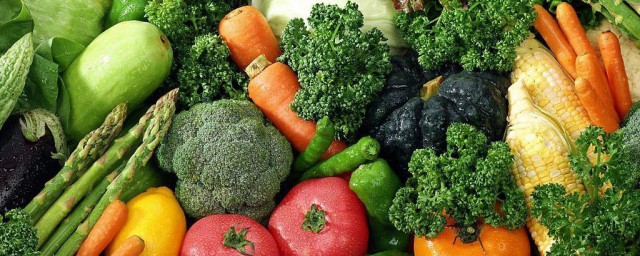SCIеҢ»еӯҰи®әж–Үзҝ»иҜ‘жҳҜеҢ»еӯҰ科еӯҰз ”з©¶е·ҘдҪңзҡ„д№Ұйқўи®°еҪ•дёҺж–Үеӯ—жҖ»з»“еҫ—еҮәжқҘзҡ„и®әж–ҮпјҢжҳҜеҢ»еӯҰ科еӯҰз ”з©¶е·ҘдҪңж— жі•зјәе°‘зҡ„йҮҚиҰҒйғЁд»Ҫ, жҳҜзӣ®еүҚеӯҰеҺҶгҖҒеӯҰдҪҚгҖҒжҷӢеҚҮиҒҢз§°зҡ„еҝ…йңҖжқЎд»¶еҢ»еӯҰsciгҖӮеӣ жӯӨпјҢеҶҷеҮәдёҖдёӘж¶өд№үеҮҶзЎ®гҖҒжё…жҘҡгҖҒж–Үеӯ—зІҫз®Җдё”дёҚд№Ҹе‘ізҡ„иӢұж–ҮSCIеҢ»еӯҰи®әж–Үзҝ»иҜ‘жҳҜ件иҫғжңүжҢ‘жҲҳжҖ§зҡ„дәӢжғ…пјҢиҜ‘е‘ҳйңҖиҰҒжңүзӣёиҫғдёҚй”ҷзҡ„иӢұиҜӯеҶҷдҪңиғҪеҠӣи·ҹеҢ»еӯҰиғҢжҷҜпјҢ SCIеҢ»еӯҰи®әж–Үзҝ»иҜ‘еҹәжң¬иҰҒжұӮжҳҜпјҡжё…жҘҡгҖҒеҮҶзЎ®гҖҒз®ҖжҙҒе’Ңз”ҹеҠЁгҖӮSCIеҢ»еӯҰи®әж–Үзҝ»иҜ‘жЎҲдҫӢпјҡ Gene therapy was introduced in treatment of Hepatitis C since molecular biological techniques have developed, and the pathogenesis of Hepatitis C has been gradually made clear. To choose a highly-effective, specific, and safe hepatic-targeting gene vector is the key to the success of genetic treatment of hepatic disease. Recently, cationic polymer is extensively applied for its stability, being easy to modify, and low immunogenicity, especially the polyvalent cationic polymer polyethyleneimine (PEI), which can be degraded in physiological environment [1-3]. Chitosan (CS), a natural polycation gene vector has attracted extensive attention [4пјҢ5]. In PET/CS induced hepatic-targeting gene introduction, actively recognizing and endocytosing the transfection compound containing its specific ligand through asialoglycoprotein receptor (ASGP-R) is the major mechanism of improving the efficiency of the gene transference. Also it is a receptor-mediated gene transference system which is widely studied at present. In this research we grafted the low-molecular-weight PEI (2K) to galactosylated chitosan following the documents [6], and synthesized galactosylated chitosan- polyethyleneimine (2K) (GC-PEI), studies the targeting of GC-PEI/DNA complex in hepatic cell lines (L02, QSG7701 and QSG7701/core) and hepatic cell in mouse. To optimize the transfection efficiency of gene vectors, we synthesized GC-PEI/DNA complexes in three different solvents, and selected appropriate gene vectors for experiment in vitro and in vivo.



